14 Drywall Alternatives That Bring Life to a Dull Room
Author: Rick Worst | Editor: Omar Alonso
Review & Research: Jen Worst & Chris Miller
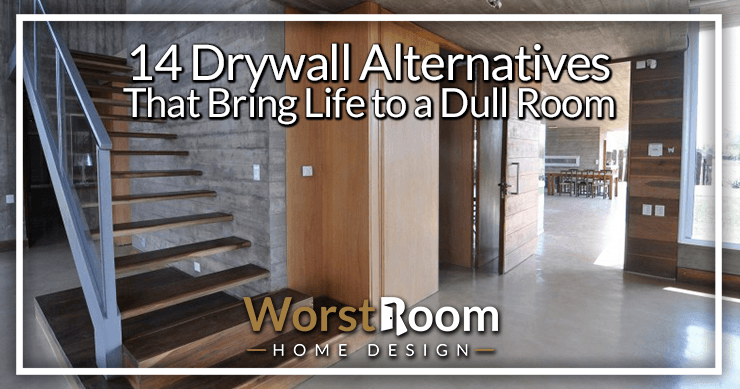
Whenever people are renovating the inside of their home, tearing down and putting up new walls, the most conventional material to use is drywall. But are there drywall alternatives?
While drywall may look great and is the most common, it's not the easiest construction material to use. It involves a lot of taping, sanding, and mudding before you can finally declare that the work has been done.
And we haven't even mentioned the dusty mess it makes. It's a time-consuming process and what is worse is that it's not a one-time experience.
After pouring in days of labor on installing drywall, it still needs to be maintained carefully. Drywall is fairly prone to damage and is not guaranteed to last you a long time.
When drywall starts getting damaged, it happens visibly. A child with a marker can ruin an entire room in seconds flat.
So why do people insist on using all these basic types of drywall? Are there no other options for home improvement? Turns out there are! The following are some of the best drywall alternatives available on the market.
Drywall Alternatives
All I think about with drywall is children and pets ruining it, an unruly teenager punching a hole through it, and how no amount of precision spackling can actually repair the damage.
It will always be visible. It can warp over time, bloat from moisture, and honestly looks cheap once you've seen the alternatives. Let's look at those now, many of which are types of wall paneling, which you can explore at more length at that page after viewing this one.
1. Wood Planks
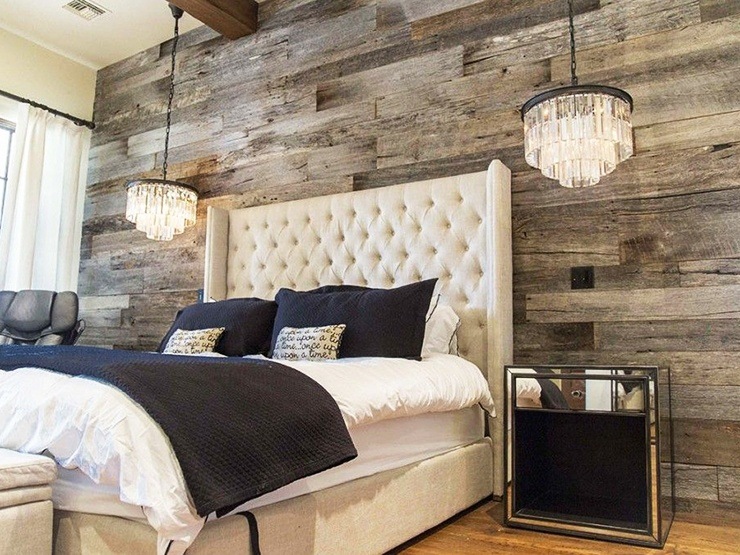
Wood planks are an age-old drywall alternative that has certainly stood the test of time well. These wood planks allow you to give your home an elegant and rustic feel without the maintenance issues that come with traditional drywall.
Once the plank has been hung you don't need to do anything to maintain them apart from keeping them dry, especially if you seal them with a light lacquer finish so you can wipe even marker off easily.
This is a cost-effective alternative and is especially suited to country-style homes. You can also choose from different types of wood and finishes, thus giving you a lot of variety. Wood planks, however, do not go with all kinds of homes. Incorporating modern fireplace tile patterns can add a contemporary touch to the wood plank walls, making them more adaptable to modern homes.
If you are building a modern home then, perhaps, wood plank walls won't be the best fit unless you only cover the bottom half and install protective chair rails. It's advisable for homeowners to consult an interior designer who can help them select finishes and styles that best suit their tastes and the overall aesthetic they want to achieve.
But this look went out of style in the 1990's, to be honest, especially combining it with any types of wallpaper or wallpaper alternatives. By covering the entire wall, floor-to-ceiling, you can pull off a cabin aesthetic easily though.
2. Veneer Plaster
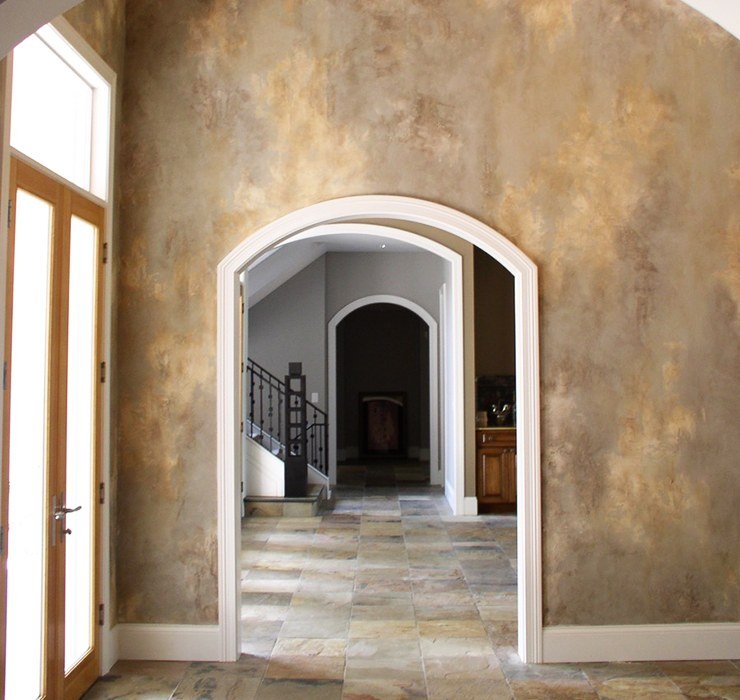
Veneer plaster might be the alternative that comes closest to traditional drywall. However, veneer plaster is simpler to use than drywall. It doesn't require as many skills or tools as hanging drywall does. If ease-of-use matters to you, give this some consideration.
However, it is also the most laborious and time-consuming alternative on this list. While handling veneer plaster is not necessarily difficult, it can take up practically the whole day to get the job done.
You can think of this almost like mudding the entire surface of your wall. You see this style of decor in dry states like Arizona, where deserts abound and there's still the influence of Mexican-style adobe architecture.
It's very similar to the types of stucco that you'd use on the exterior of your house but without the need for any wire mesh.
3. Lath & Plaster
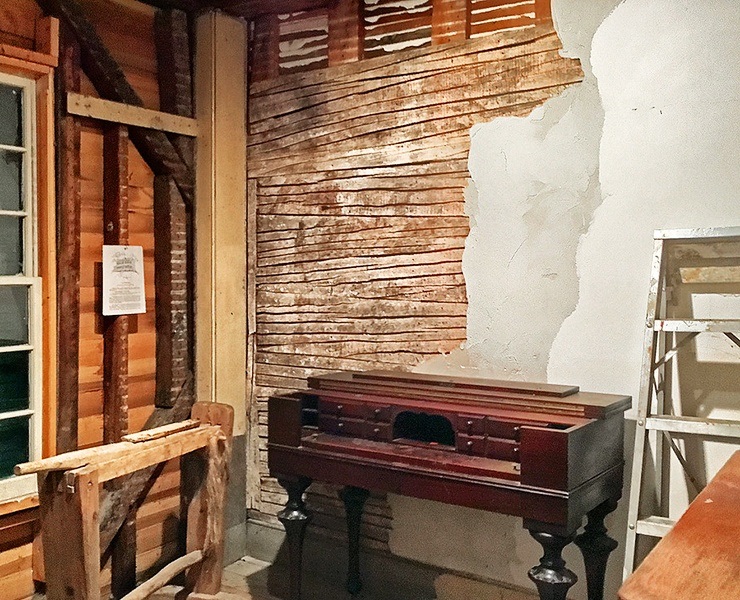
Very similar to veneer plaster, you can combine laths, which are narrow strips of wood installed horizontally between studs or ceiling joists, and then coat them in plaster. It's similar to the medieval style of wattle and daub.
This fell out of favor due to the advancements in plasterboard and drywall, but can still look great by adding some texture to the wall.
You can get lath as wood, use hand-split timber, or even use the newer rock lath or metal lath. If you use a plaster that incorporates horsehair, it'll be stronger and provide more visible texture to the surface.
One reason to use lath and plaster is for non-flat walls, like a curved surface in the corner of the room. By bending the laths and allowing them to dry, you can create unique wall designs otherwise impossible with other methods, other than stucco.
4. Plywood and Sheet Wood
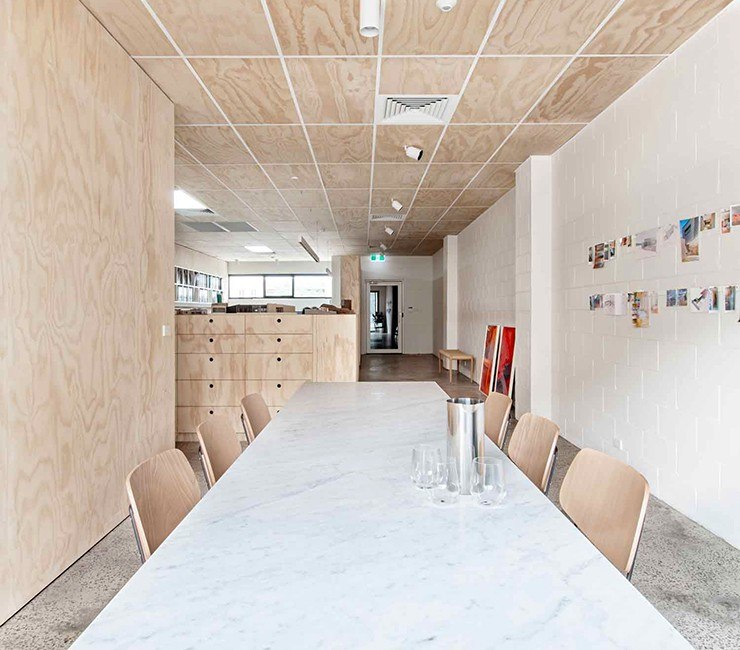
Plywood is the cheapest alternative to drywall on this list and allows you to finish a room with a certain flair without taking on the expenses of wood planks, veneer or drywall. Couple this with a certain type of wall decorations and you can really pull off a deep country feel.
Do it carefully or you risk coming off as looking cheap or even trashy to city folk, unless you use surfaced sheet wood. That can look amazing.
Plywood and sheet wood are also fairly straightforward to work with, no more complicated than drywall itself. If you know how to use a screwdriver (or better yet a power drill), installing plywood should be a cakewalk.
What is great is that you can also paint plywood into the color of your choice! You're going to hang plywood anyways, so with a bit more precision in measuring and cutting you can skip an entire step.
When compared to drywall, however, certain types of plywood don't fare as favorably. It's a good alternative but if you can afford to use drywall, you'll have access to more features like hanging decorations and moving them.
You can't just spackle screw and nail holes in plywood to cover mistakes. Another huge plus is that drywall is fire-resistant.
5. Texture Wall Panels
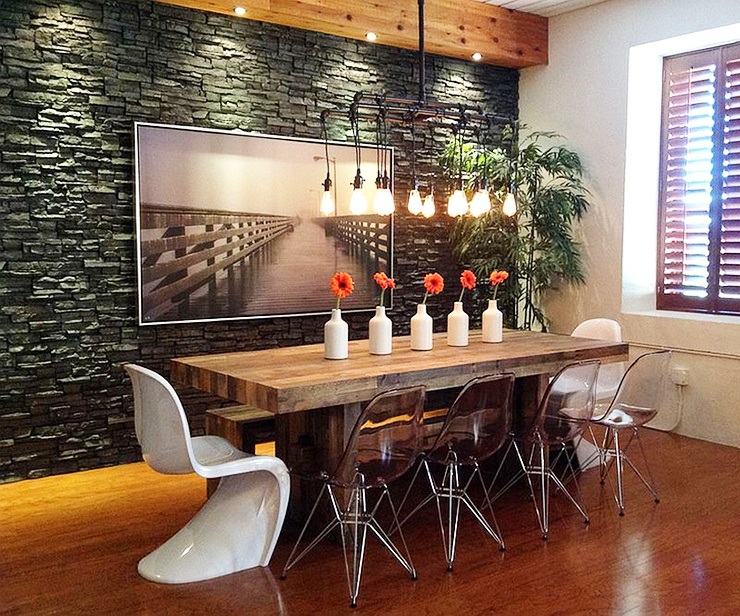
Texture wall panels lend a lot of elegance and beauty to your home while also providing some depth to an otherwise flat surface. For the longest time, these walls would only be seen in quaint boutique hotels and expensive cocktail lounges.
Today, however, you have the option of bringing this aesthetic into your home and what is great is that they do not need to cost an arm and a leg. Sure, it may be more expensive than other options but they certainly bring something new and unique to the table.
There are 3D textured panels that are fairly easy to install and can be placed right on top of your existing walls. They are about 3/4” to 1.5” thick and can completely transform how a room looks.
You can think of it like a kitchen backsplash. You can get all kinds of designs and colors, mimic aged bricks, different types of marble, or any kind of artistic design. The choices here are nearly endless, only limited by what manufacturers think will sell in large enough quantities to justify making.
6. Brick & Masonry
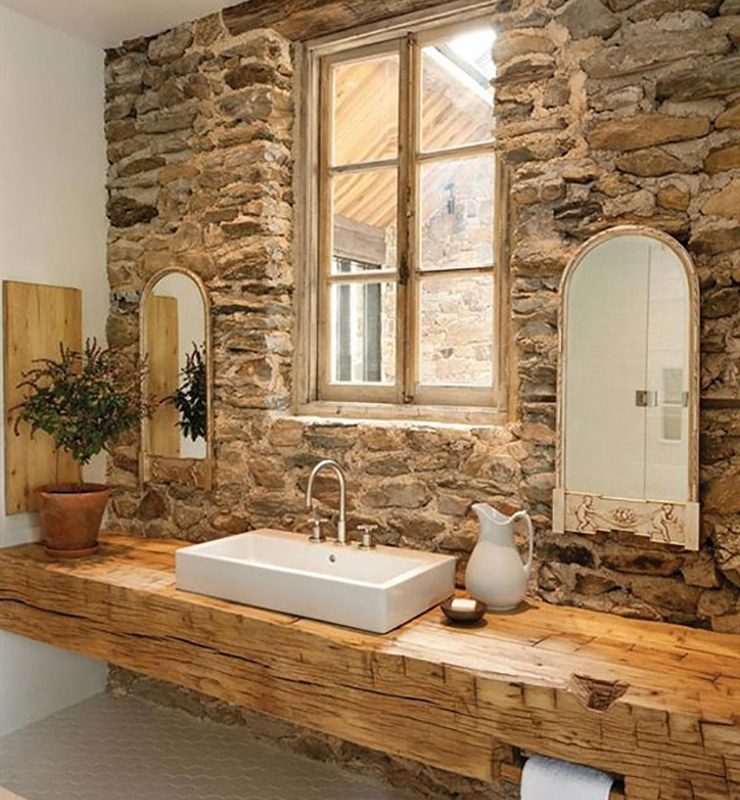
A stone or brick wall is an old classic that never goes out of style. These materials are also a great option if you want to give your home a warm aesthetic, changing depending on the color of the brick you choose.
I really like this for country and suburban homes. Many people will mix and match materials, so maybe one wall in a room is brick while the others are drywall.
This isn't an inexpensive alternative and can cost even more than drywall does. However, brick and stone walls are also sustainable options and will last you a lifetime without requiring any work for its maintenance or cleaning, minus dusting.
If you'll never tear the wall down in the future, go for this classy look.
7. Exposed Concrete Block
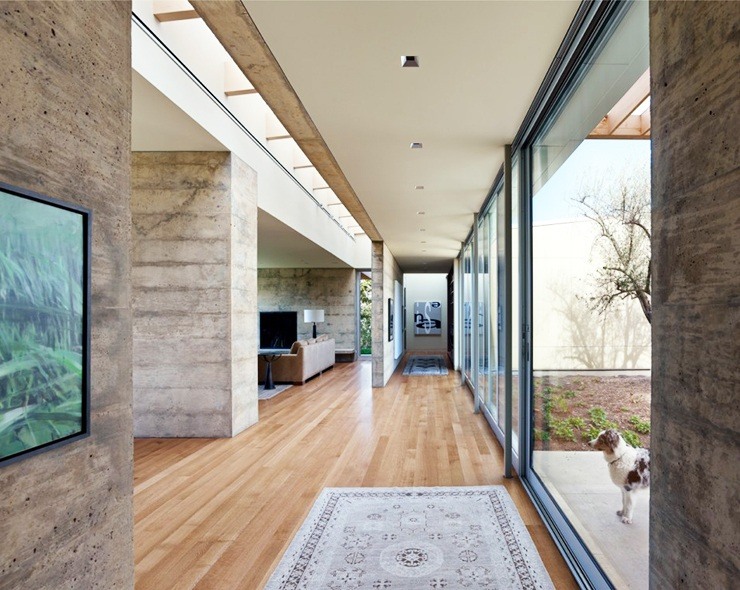
Finally, if you are into the modern aesthetic and like a raw, untouched finish, you can simply leave the structural surface of the wall as it is.
This is a different aesthetic to pull off as it can just as easily look like a wall that has been left incomplete. You can always paint over the cinder blocks to achieve a textured panel look like modern drywall texture patterns.
But if you look at well-designed bachelor pads in New York, for instance, with high ceilings, this can actually look amazing when combined with modern decor like glass and black furniture.
Think about the Ikea style furniture with sharp edges and minimal design. Depending on how you arrange the rest of your room, how much light is in the room and a few other factors, an exposed concrete block can look great!
8. Cement Board
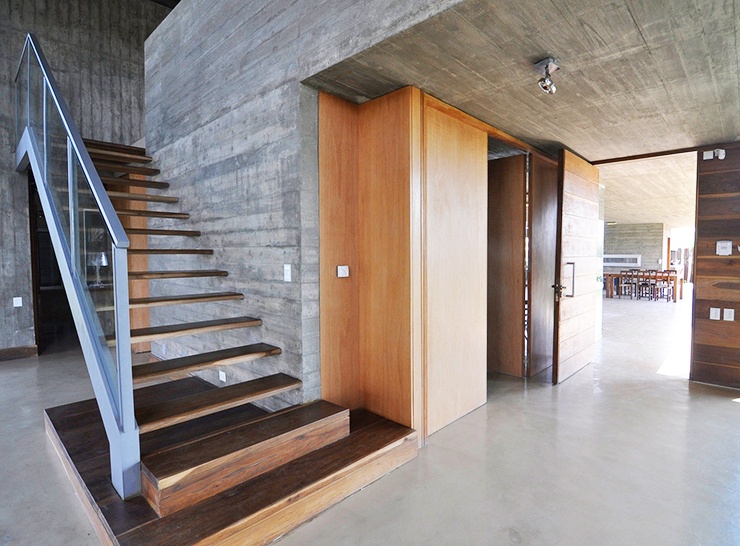
These, if used across all four walls, give off the feel of the brutalism architecture, which includes a lot of right angles, flat surfaces, and concrete everywhere. It's pricy but in areas that have high moisture that lead to mold, this can be perfect.
My recommendation here is to use them for one wall of a room and no more. They also work for making a staircase pop visually. But to use them on all four walls, especially in a room with a polished concrete floor, will begin to feel like a dystopian nightmare.
9. Pegboard
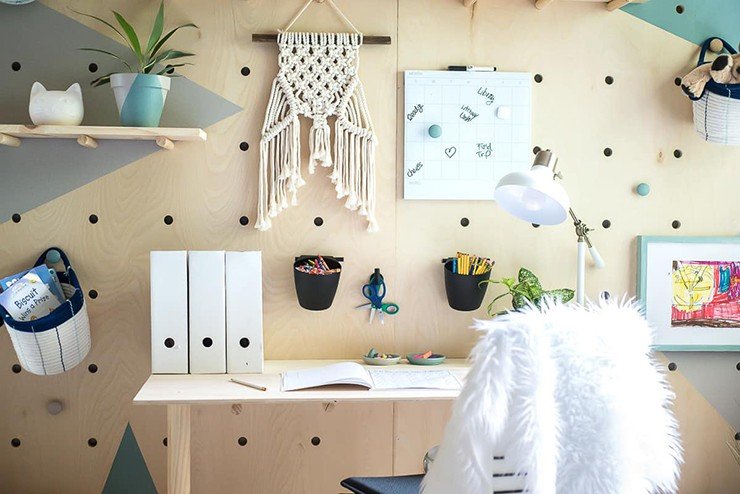
If you're remodeling a craft room or garage, consider pegboard. We recently hung pegboard in my brother's unfinished garage and not only does it look great and is functional, but it reflects light so well that we doubled the brightness without installing any extra light fixtures.
The real treat here is how you can then design any amount of shelving and storage space thanks to the evenly spaced hook holes.
You can hang even the largest and heaviest of tools in your workshop. In a craft room it opens you up to an infinite realm of organizational possibilities and makes the room so much more fun.
To install pegboard, all you have to do is screw it into the wall studs. You can paint the screw tops the same color as the board and they'll be invisible.
The strength of this material is next-level, too. And if you're worried about hanging anything too heavy, just add more support hooks or shelving supports.
10. Cork Board
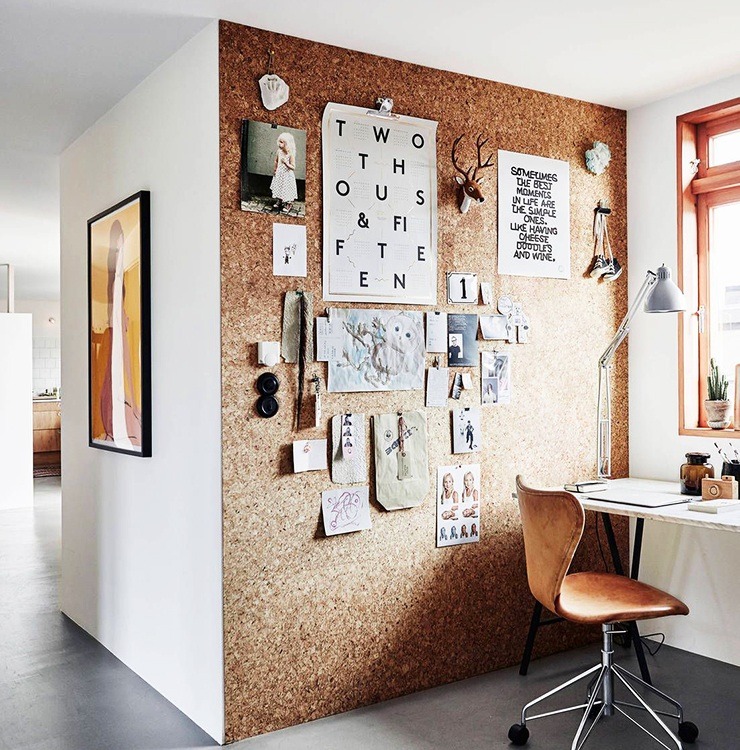
Cork walls are similar to the finished result of pegboard, but they don't support much weight.
They do provide an easy way to have a randomized design across an entire wall and make it possible to easily hang photos or thumbtack anything else you want to it, so long as it's not too heavy.
Your choices here are broader than expected, since cork board comes in various hues of color, thickness, sizes of cork chips compressed, etc. It really warms up a room and can help scatter light around like a popcorn ceiling does.
11. Wahoo Walls
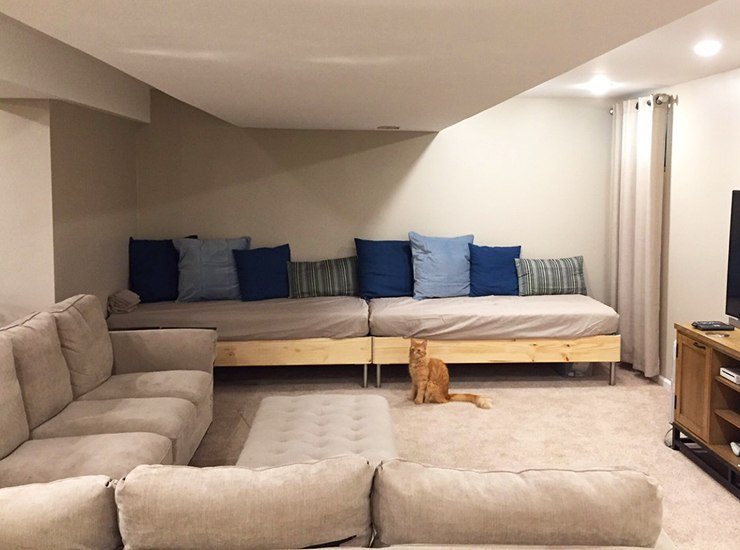
If you're trying to cover a wall made of cinderblock or concrete, Wahoo Walls is a brand of product that's a basement wall finishing system.
Once you're sure you aren't leaking water into your basement, you can finish the basement to look like any other room in your home. It'll look just like drywall, as seen above.
The main feature here, besides being moisture resistant, is that you don't have to screw into the wall. These panels click together, and though you may glue them to the wall, I don't think you have to.
Don't quote me on that. Slap these bad boys up, paint them how you want, and add some trim and you're done in a matter of hours.
12. Reinforced Fiberglass & Gypsum Panels
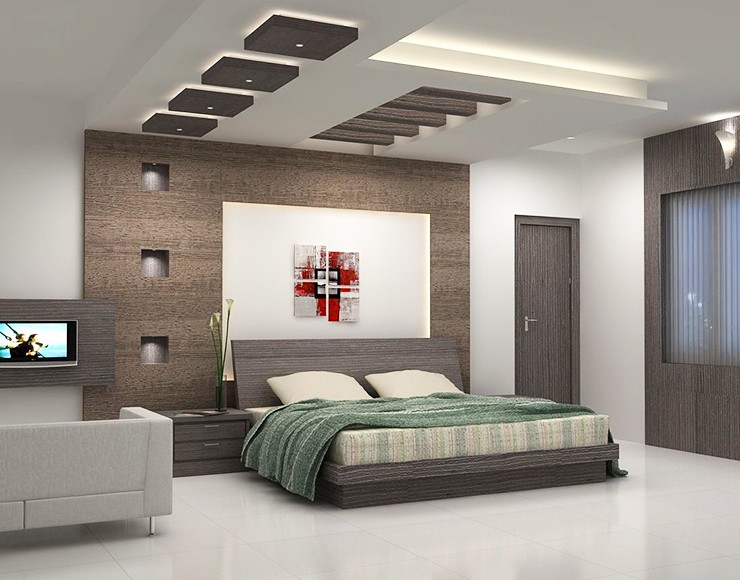
These are basically the same concept and look as drywall but more durable and scratch resistant. Because they're so strong, you don't even need to install plywood under them along the studs. These perform the task of both the plywood and drywall.
This means you'll gain a solid inch in both directions of your room too. You'll lose that to trim if you aren't going to tear up your carpet or flooring to redo that, but it'll still feel more spacious.
These types of fiberglass are also more resistant to mold and other problems that plague normal (and cheaper) drywall. There are some with surface designs that make for a nice, second 3D layer, as seen above.
13. Corrugated Metal
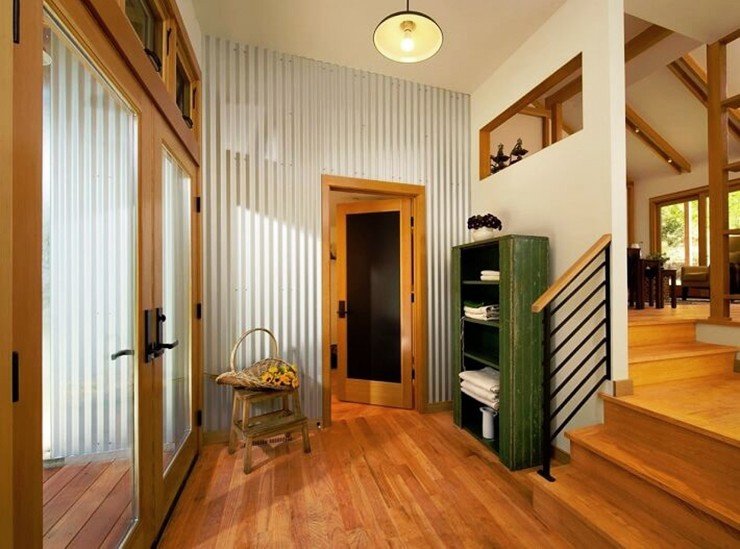
Corrugated metal panels are the wavy sheets of metal you often see on the sides of barns or even on a roof. They can be used indoors but absolutely not on all four walls or even a large wall. The best way to pull this off is to use it on a smaller accent wall.
It's a fairly cheap option, and installation is as simple as screwing it into the studs. But the real challege is cutting it to the right size, as you'll need metal shears are access to a table saw or circular saw with a specialized blade
14. Vinyl Siding
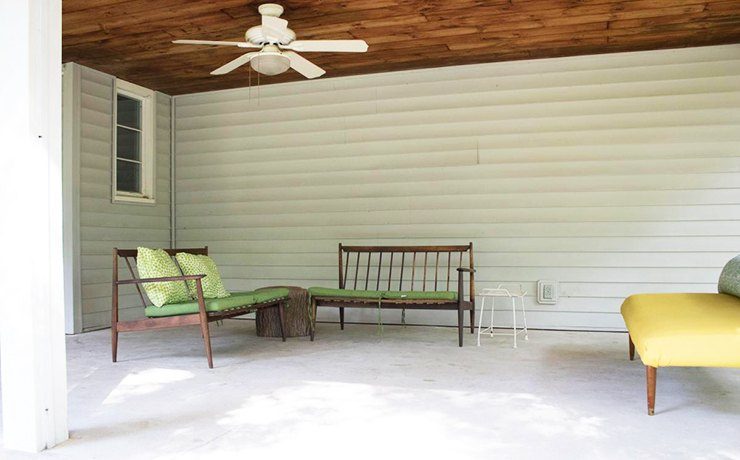
Vinyl siding panels are one of the least cited drywall alternatives but those who've tried them have only great things to say about them. You can consider other types of siding as well.
Plastic panels are extremely easy to install and if you get tongue and groove panels (one of the most common varieties), you can lock it into place swiftly and the wall requires no further work minus the occasional screw.
Obviously you wouldn't put these inside your home like in the living room, but they're great for open air patios that have a roof over them.
Slap these right over the plywood instead of drywall and you have an easy-to-clean surface and you can skip all the choices about which latex paint to use that best protects the wall from wind and rain.
Alternatives to Drywall are a Must
As you can see from the many options provided above, if you are looking for drywall alternatives, there's no lack of choices. But lets not fully take away from it, because drywall also makes a great drop ceiling alternative.
Depending on the atmosphere you want to create and the kind of money you're willing to spend, you can spin the look of a room around without even taking the drywall down.
Whether you pick textured panels or simply leave the bare bones, structural surface of the wall as it is, as long as you own the style and execute it with conviction, any room can look elegant and sophisticated.



